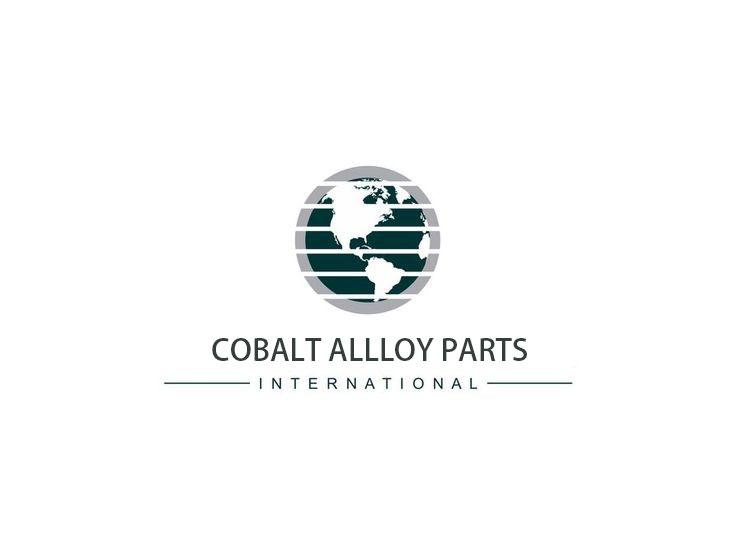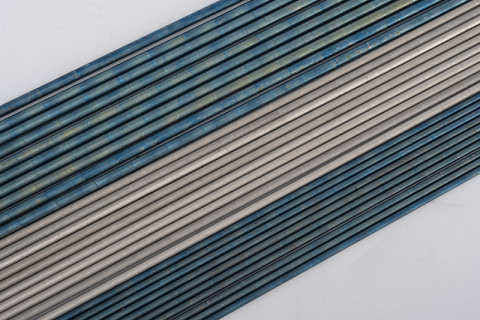
- Home
- >
News
AWS A5.21 is a welding standard that governs bare rods and electrodes used for surface preparation. It defines chemical composition, mechanical properties, and guidelines for use. As a manufacturer of high-performance cobalt alloy welding rods, we produce cobalt alloy bare rods that comply with AWS A5.21, providing reliable products for extreme wear, corrosion, and heat-resistant applications.
Cobalt Alloy 25, known as Haynes 25, Alloy L605, and UNS R30605, is a high-performance alloy designed for extreme environments. This alloy is widely used in the aerospace and industrial sectors.
On November 21, 2024, SYTOP explored the critical differences between tungsten carbide and cobalt alloy in industrial applications. The comparison focuses on their material properties, wear resistance, temperature tolerance, and cost-effectiveness. This analysis is designed to help industries select the best material for their specific requirements, ensuring reliability and efficiency in challenging environments.
High-pressure homogenizer valves are critical components in various industrial processes, especially in food processing, chemical, and pharmaceutical industries, where stability and durability are essential. As a specialized manufacturer of cobalt alloys, we focus on producing high-quality, high-pressure homogenizer valve components that leverage the exceptional properties of cobalt alloys. Our products meet the industry’s demand for high-performance, highly reliable, and long-lasting parts. This article will explore the importance of high-pressure homogenizer valves, the advantages of cobalt alloy for these components, our production capabilities, and our custom services.Cobalt Alloy High-Pressure Homogenizer Valve Components
On October 23, 2024, SYTOP published a comparison of Wallex® and Colmonoy® hardfacing materials. This analysis highlights the main differences between these two alloys, focusing on their composition, applications, and performance characteristics.
On October 23, 2024, SYTOP introduced the innovative cobalt alloy thermowell U-795-22-1.4401+cobalt alloy 6 designed for power plant applications. This robust thermocouple protection tube features high-quality materials to withstand extreme conditions, ensuring reliable performance in environments with high-speed coal dust.
When selecting materials for high-performance applications, cobalt alloys and 316L stainless steel are two options that are often considered. Both materials offer unique advantages but excel in different environments and applications. In this article, we compare the properties of cobalt alloys and 316L to help you understand which material is best for your needs.
Cobalt alloys are widely used in industries requiring wear and corrosion resistance materials. Cobalt alloys are an excellent solution for demanding applications especially in high temperatures, known for their exceptional durability, wear resistance, and ability to withstand extreme temperatures.
Cobalt alloys are renowned for their exceptional wear resistance, high-temperature endurance, and corrosion protection, making them essential in various industries. But the question remains: Is cobalt alloy hard to machine? This article explores the challenges of machining cobalt alloys and how SYTOP overcomes them to deliver precise, high-quality products.
This News highlighted the advantages of cobalt alloy overlay welding in extending the lifespan of components under extreme working conditions. The technique ensures wear, corrosion, and high-temperature resistance, making it ideal for various industries.
In September 2024, SYTOP prepared to ship another batch of our long-standing cobalt alloy propellers, designed for use in hot-dip galvanizing production lines. These propellers, known for their exceptional wear resistance, high-temperature endurance, and corrosion protection, continue to support the demanding needs of galvanizing processes worldwide.












